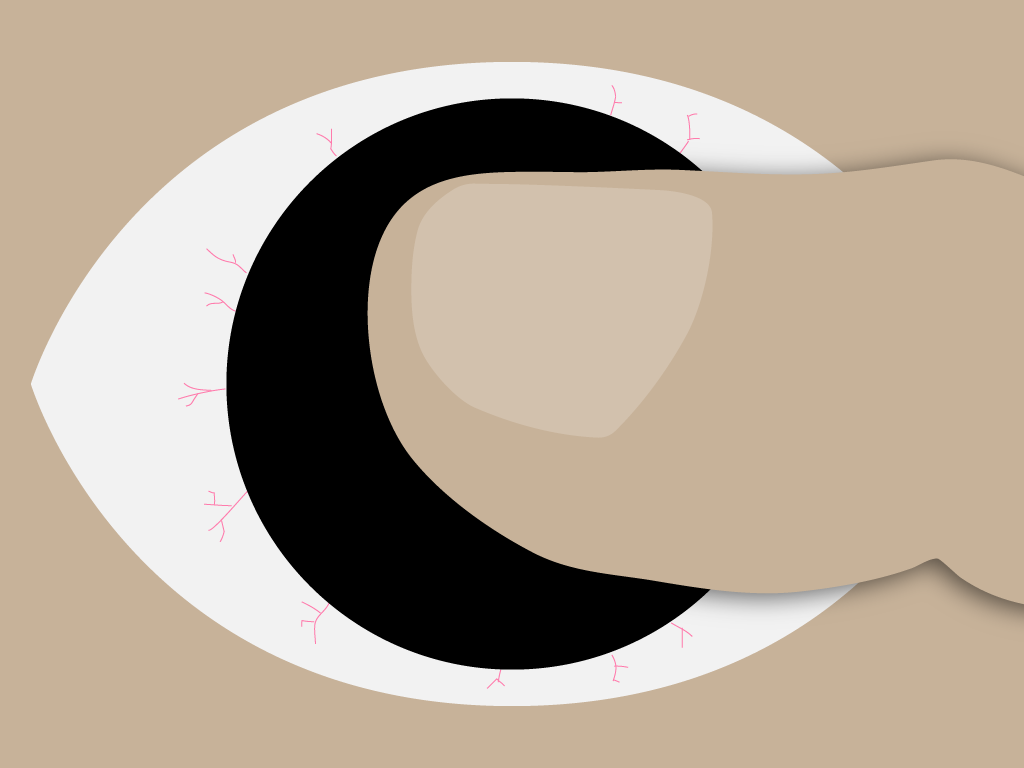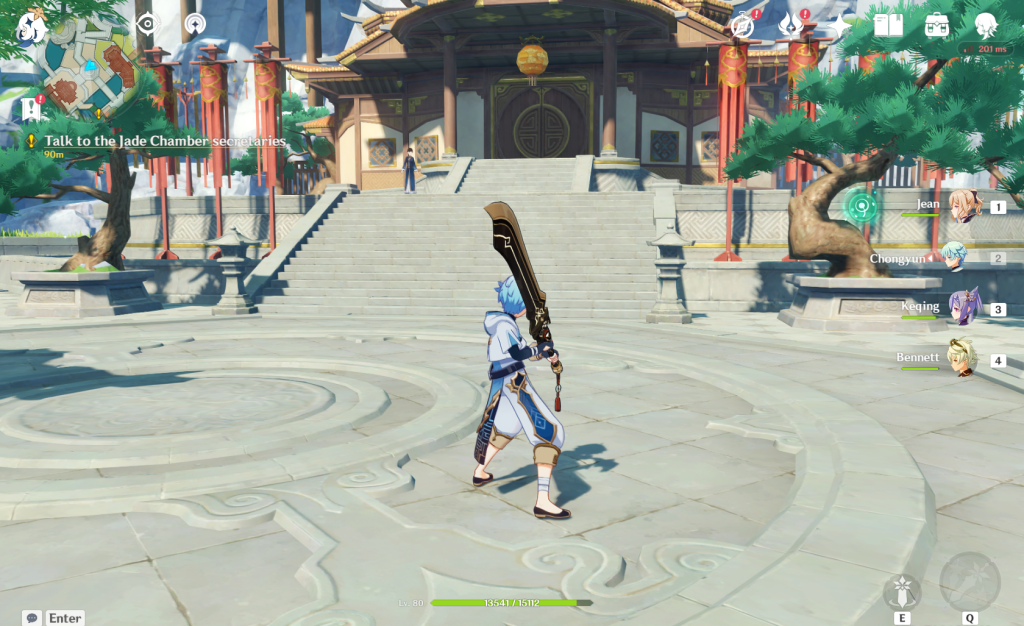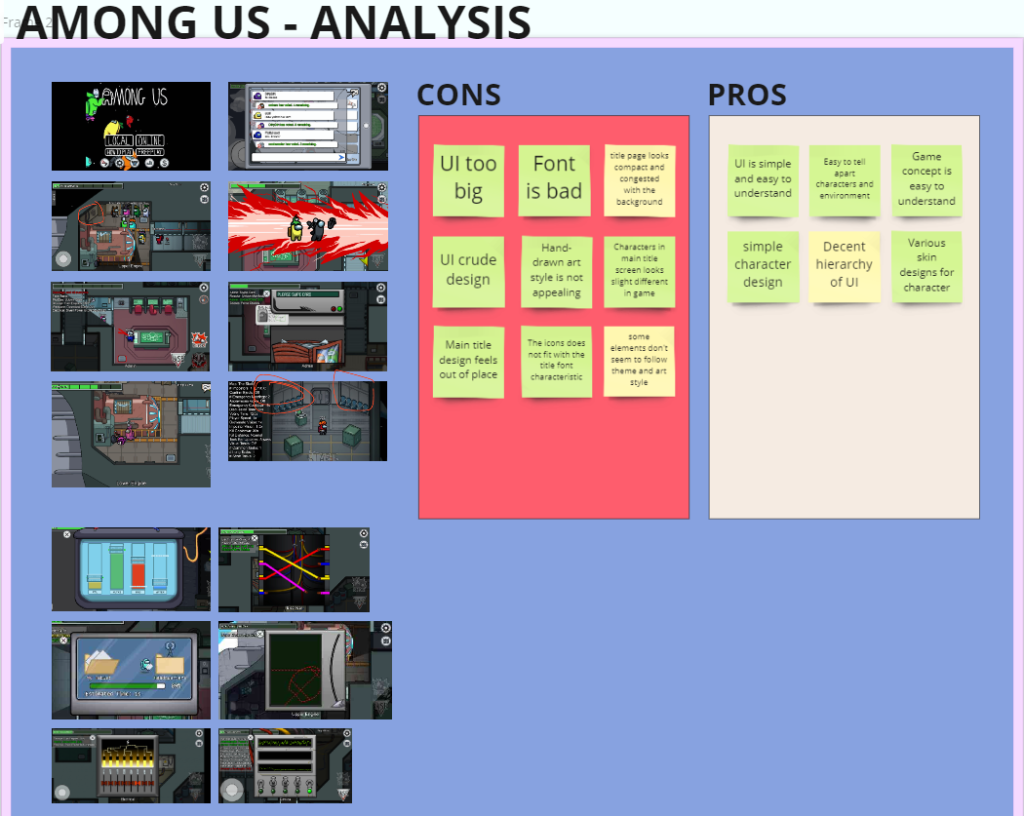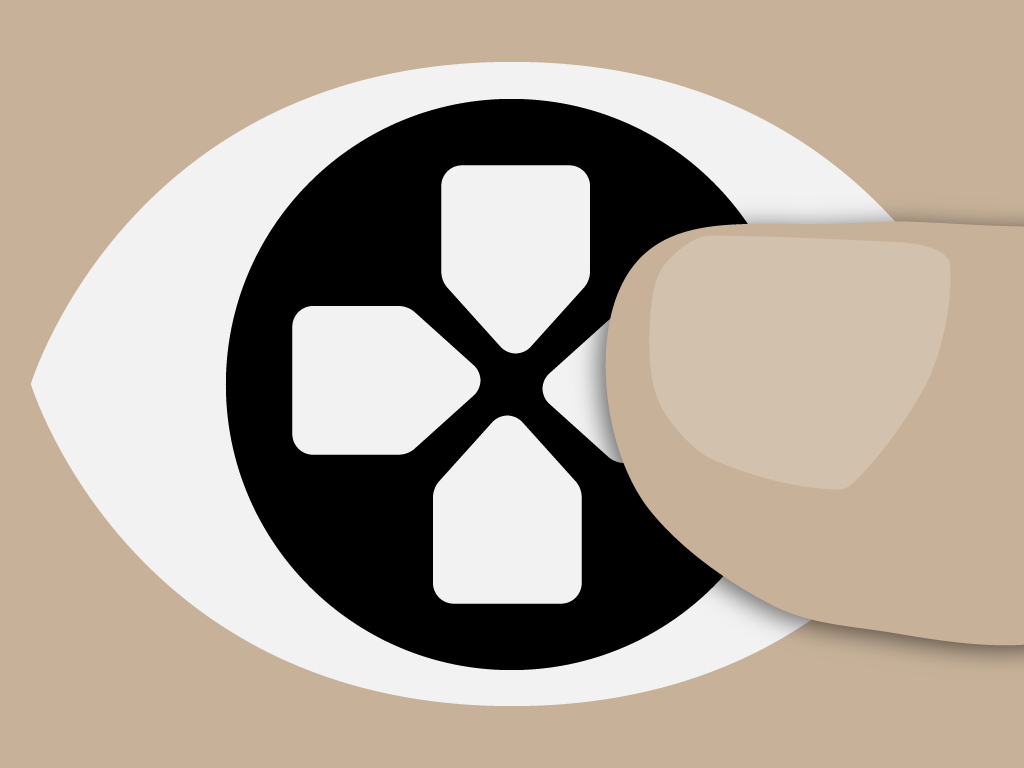
I love playing video games. For me, it is more than just an entertainment technology, and far from being a waste of time. Each of my favourite games has its own uniqueness that made me return to playing them again and again, even after years of hiatus. And as a design academician, I realized something as I talked to the Tevyat’s NPCs in Genshin Impact or released the Level 3 Limit Break of my Machinist in FFXIV or slicing perfect combo notes in Beat Saber or just watching video games play through on YouTube – video games are beautifully crafted artworks. They truly have come a long way from just being a “cathode ray tube entertainment device” to the triple-A blockbuster titles we know today. But I also realized that I have not actively engaged in playing video games in my teaching? I mean, in a single contemporary video game, players can experience visual narrative, conceptual designs, user interactivity, and animation studies. All the multimedia elements are right there…so, one day I thought, why not?

In a single game you get to experience all forms of design elements in one medium – visual narrative, interactive design and animation, 2021.
This is where I decided to experiment with playing video games as part of the studies in the module on Art Direction. The basis of this module is to not only learn to design consistent and effective visuals, but also to create pleasing aesthetics that have significant impact and to generate emotional reactions from the audience. The application of art direction is diverse across various types of creative works such as advertising, animation, film, and interactive media and, of course, video games, which are a special concentrated medium that encompasses all forms of visual functions into one output, giving the art direction practice a broader breadth of challenges. Thus, enter the experiment “Play + Observe.”
 Play + Observe initial notes by students, 2021.
Play + Observe initial notes by students, 2021.
One of the vital skills for future designers is knowing how and what to observe. In fact, Marc Brunet, Founder and CEO of Cubebrush, considered observation as the single most important skill for design professionals to harness and design students to master. This is because design is a widely interchangeable concept, and its meaning and application can differ greatly from one field to another. Which means designers, as creators, need to constantly innovate to be able to create outputs that connect context to the audience, and it is through observation that designers are able to connect the dots and bridge the gap between the two. Training design students to observe, helps them to empathize with both subject matter and their audience, thus allowing them to view things differently from others especially when it comes to the presentation of the visual forms. Also, while they were having fun playing video games, the observation exercise encouraged the students to be more critical and alert in their surroundings as well. Studies have already shown that strong observation skills were linked to greater creativity, originality, and flexible thinking and that people with such robust skills, whether inherent or learned through extensive training, showed superior creativity. The combination of both experiences as designers and players heightens students’ observational skills as they can compare and reflect their findings in both views to formulate a better new art direction strategy based on the games that they had played, thus creating a far more superior output in their projects.
The learning process here is more than just understanding the importance of design principles and the appropriate application of these standards into creative driven outputs. Good perception reflects an awareness of the physical surrounding, cultural and metaphoric relationships and these observations allow designers to channel their artistic creations that connect and communicate with the audience. By training students to be acutely aware, even to the smallest detail, it helps them to develop creations that are meaningful and memorable. This is very relevant not only to art direction studies, but also to the study of design in general as well as specializations where students are trained to be multi-skilled designers capable of handling different constructions and output expectations of the artwork. So, the next time you play a video game, exercise your observation skills. You would be surprised how many details you have missed, and how much you can learn from just having fun!


I am not convinced but great you do enjoy it. Just the wrong generation!!